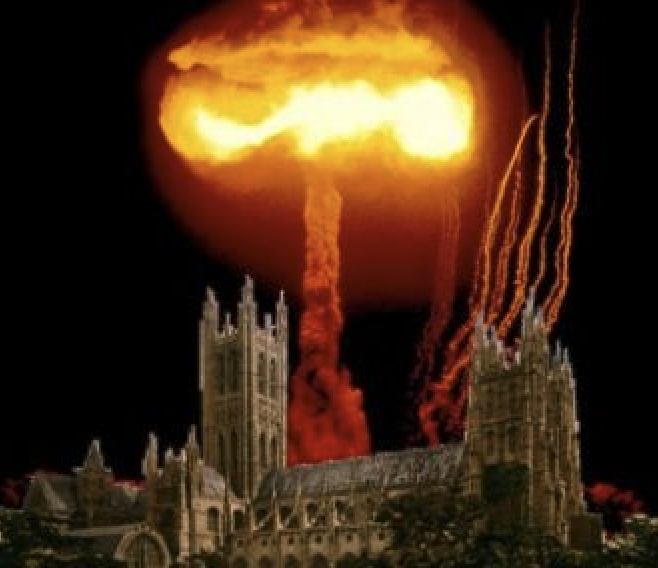When I was a sophomore at Baylor University (soon after the cooling of the earth’s crust) the great journalism professor David McHam had an interesting pre-computer way of demonstrating what he wanted to see when a student prepared a second draft of a news story.
Taking a metal straight edge (think pica pole), he would tear the copy into horizontal blocks of text. Then he would rearrange these into a different order, locking them in place with clear tape. Then he would say something like this: “You buried some of the most important information. Go rewrite the story in this order.”
This brings me to a New York Times story about religion, culture, politics and war in Ukraine. There’s a lot of interesting material here, but readers who want to know some crucial basic facts will need to be patient — because they are buried deep in this report. The double-decker headline offers the basic framework:
War Spurs Ukrainian Efforts to Legalize Same-Sex Marriage
The role of gay soldiers, the lack of legal rights for their partners, and the threat of Russia imposing anti-L.G.B.T. policies have turned the war into a catalyst for change in Ukraine.
Now, before I go any further, let me note that, yes, I am Orthodox and I attend a parish that includes Slavic believers, as well as lots and lots of American converts. Also, my two visits to Kiev left me convinced Ukraine is — as the Soviets intended — a tragically divided nation. My views are identical to those of Alexander Solzhenitsyn, on that subject.
When Russian began its evil invasion, I posted a note on Facebook that ended with this:
EU-USA was arrogant enough to think they could — with money, culture and military tech — turn Eastern-Russian Ukrainians into Europeans. Will Putin be arrogant enough to think he can, with blood, turn Western-European Ukrainians into Russians?
I raise this issue because, at a crucial point deep in this Times story, I believe it is relevant. Hold that though.
The anecdotal lede for this story focuses on the fears of a young Ukrainian combat medic named Olexander Shadskykh. That leads to the thesis statement:










